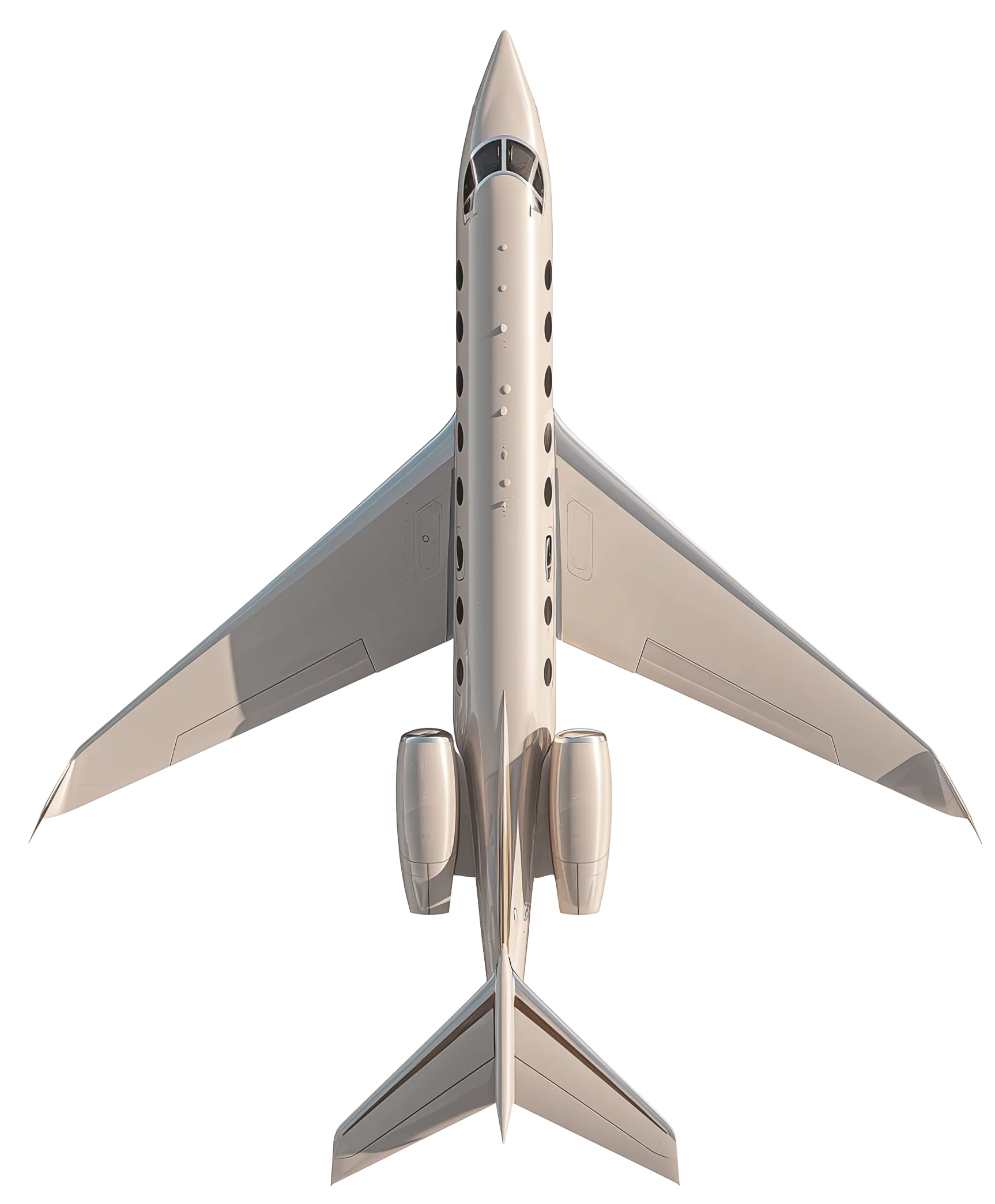Aviation is a trust business. Whether you’re flying passengers, maintaining aircraft, or brokering deals, people make assumptions about your professionalism before you ever speak. Your website, your proposal deck, your logo—they all send signals.
And those signals add up to your brand.
What Branding Really Means in Aviation
Branding isn’t just a logo. And it’s definitely not a slogan.
It’s how people perceive you. What they remember. What they tell others.
It’s the way your business explains:
- What you do
- What makes you different
- Why you’re worth the time, the call, or the contract
In aviation, your brand speaks through every channel: your homepage, your hangar signage, your uniforms, even your calendar invite. Each one either builds trust or breaks it.
Why It Matters More Than You Think
Aviation isn’t a space where you can fake it. You’re dealing with high-value transactions, safety-critical decisions, and clients who expect precision.
A solid brand:
- Builds trust
People notice when the details are tight. If your materials are clean and aligned, they assume the rest of your operation is too. - Makes you memorable
In a field full of similar offerings, being remembered is half the battle. Branding makes you recognizable even when you’re not present. - Helps you compete
When the market is crowded, branding helps you escape the price race. It lets you sell value, not just a service. - Supports growth
Expanding to a new service or market is easier when your identity is already clear and consistent.
Why it matters
A strong brand makes people more likely to reach out, respond, or refer you. A weak or inconsistent one makes them hesitate—and hesitation kills momentum.
Quick Tip
Send a screenshot of your homepage and a recent sales deck to a colleague in another industry. Ask them: “What do we do, and how would you describe us in one sentence?” If they can’t answer quickly, your brand isn’t working hard enough.
What Is a Visual Identity?
Visual identity is how your brand shows up. It’s the design system that makes people recognize you in a crowd—or not.
It includes:
- Logo
The mark that signals who you are at a glance. - Color palette
The emotional tone of your communications. Blue says one thing. Red says another. - Typography
Fonts that match your tone—clean, direct, elegant, technical. - Imagery and graphics
Photography, layouts, and diagrams that give shape to your message. - Aircraft livery, uniforms, and signage
In aviation, branding doesn’t stop at the screen. Your physical presentation matters just as much.
Why it matters
People notice consistency. If your logo changes from page to page, or your pitch deck feels off-brand, they wonder what else might be inconsistent. Visual identity isn’t just for looks—it’s a sign of operational discipline.
Quick Tip
Open your website, your latest Instagram post, and a recent PDF you sent to a client. Do they feel like they belong to the same company? If not, your visual identity needs work.
Consistency Builds Credibility
Branding isn’t about being flashy. It’s about being consistent.
If your website looks premium but your email footer is a mess, that inconsistency breaks trust. And when trust breaks, clients hesitate.
The goal isn’t to win awards. The goal is to look and sound like the same professional operation wherever someone finds you—online or in person.
Why it matters
Buyers notice details. A consistent brand helps them feel confident about your attention to detail everywhere else.
Quick Tip
Review your last five outbound emails or LinkedIn posts. If the tone or visuals shift wildly, start aligning them. You don’t need to reinvent anything—just get it consistent.
It’s Not Just About Design
Branding includes how you look, but it’s also how you act. It’s your voice. The speed of your reply. The clarity of your quote. The way you handle an unexpected problem.
The best brands in aviation aren’t just good-looking. They’re dependable. And their branding reflects that.
Why it matters
Design gets you noticed. But the full brand is what turns interest into trust, and trust into repeat business.
Quick Tip
Look at your last five interactions with a new client—email, call, follow-up. Do those experiences reflect the kind of brand you want to be? If not, there’s a gap worth closing.
Final Thought
In aviation, you don’t get a second chance to make a solid first impression. A clear, confident brand helps people feel they’re in good hands before the conversation even begins.
If your brand is sending mixed signals—or not sending much at all—it’s probably holding you back.
Branding isn’t a surface-level fix. It’s how you show up, every time.



